Osseointegration is the structural connection between living bone and a load- carrying metal implant. First…
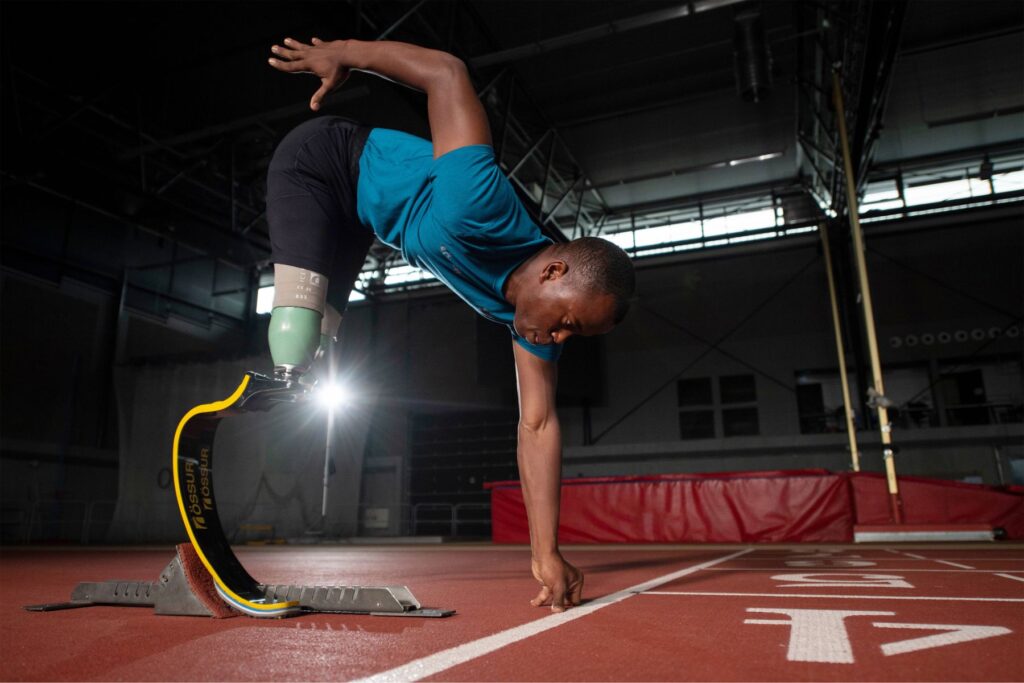
Specially designed prostheses are often required when an amputee wants to perform activities that exceed or differ from day-to-day ambulation (walking) and recreational activities. APC Prosthetics continues to lead the profession in prosthetic innovation. Our team is internationally recognised in specially designed and sporting prostheses in a broad range of activities including athletics, swimming, skiing, cycling, golf, weightlifting and more. Whether you need a prosthetic wet leg or a prosthetic running leg, reach out to your clinician so that they can assist you in organising funding and achieving these goals.
If you are interested in competitive or social sporting activities, we are happy to provide contact details for the respective sports institutes and sporting bodies.
Why do you need a separate device to the everyday prosthesis?
- Alignment needs of components are often unique to the recreational activity and incompatible with everyday walking or tasks
- Water, snow, mud, sand and corrosives need to be cleaned and dried before further use (you wouldn’t want to put wet shoes and socks on all day if you had to wear them in the shower!)
- Joint range of motion and forces etc have different requirements to everyday walking leading to different socket shapes and trim lines
There are many different activities you may be interested in. Below are a few of the most common prescribed devices. If you are interested in multiple sports, make sure you include this in your consultations with your prosthetist as they can prescribe a device that will suit your goals.
The most common specialty prosthesis is a prosthetic wet leg, which enables the amputee to use the prosthesis for tasks involving water and activities in wet environments. Recent development of waterproof fibreglass feet have provided great advances in water-based recreational activity and swimming prosthetic legs. When it comes to swimming, prosthetics can be specially designed to allow for the use of flippers.
Why is a waterproof prosthetic device important?
- People with limb difference and amputees have reduced lever arms for propulsion when swimming – either kicking (lower limb amputees) or paddling (upper limb amputees).
- Stability and safety in wet, slippery environments is paramount when balance is affected.
- Doesn’t only help with recreation but with safety and independence in showering, which has been shown to have great benefits with mental health and quality of life.
What activities may need a waterproof prosthesis?
- Self-care Activities of daily living (ADLs) e.g. showering
- Swimming (fresh, salt and chlorine)
- Accessing the beach
- Fishing
- Boating

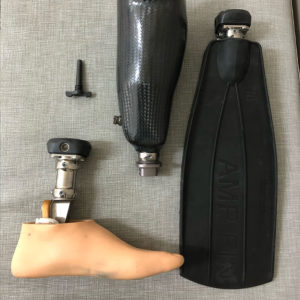
When it comes to running with a prosthetic leg, propulsion and energy generation is lost or altered with amputation or limb difference. Asymmetry and imbalance can affect the quality of a runner with either upper or lower limb affected. The development of “hybrid” prosthetic components has expanded greatly, in particular the numerous designs of prosthetic feet which allows the amputee to access a wide range of recreational activities without compromising general walking. Great examples for prosthetic running legs are carbon fibre feet such as the Cheetah Xplore (a blade prosthetic running leg).
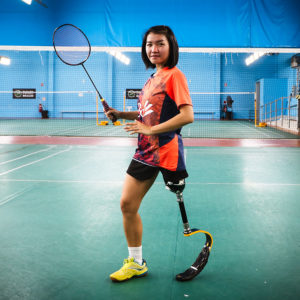
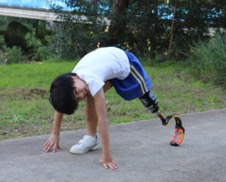
Riding bikes for amputees with either upper limb or lower limb amputations and limb difference can be difficult without the use of a specialty prosthesis or a specific attachment. Holding the handlebars, power generation, range of motion are all things that can affect the prescription.
Recreational prostheses can allow amputees to get back to sporting activities such as, riding a bike with a prosthetic leg or arm with family, friends, at the gym or competitively.

High torsion forces (twisting) that occur during golf can lead a user who participates regularly to require a recreational prosthesis for golf. Different suspension methods may be required to the everyday prosthesis to help reduce socket forces, sometimes with additional torsion components such as the Pro-Flex XC Torsion (prosthetic foot) can help with success and comfort when playing golf with a prosthetic leg etc.

Crouch positions, wet environments and high impact forces found in snow sports mean that a regular participant may require a sport-specific prosthetic device. Ossur’s mobility clinic on the snow is a great day to get exposure to snow sports as an amputee, where you can try different methods of participation.

A prosthesis used for a specific task/sport/activity– e.g. A weightlifting arm, drawing attachment, can be vital for a functional life and participation especially with upper limb prosthetics. Different terminal devices can be prescribed to allow the user to change between activities with different needs whilst wearing the same socket. Sometimes an entire task-specific device is required such as a motocross arm, or this example of a walking stick integrated into the prosthesis to aid with mobility.

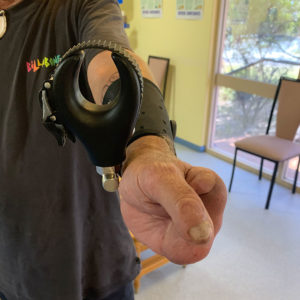
If you have any questions about specially designed prostheses, please contact us now or fill out the form below!
Sign up to our newsletter to keep in the loop with the latest news from APC Prosthetics
